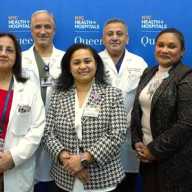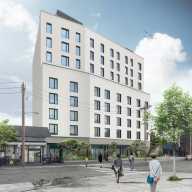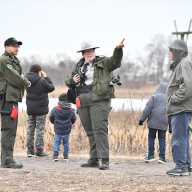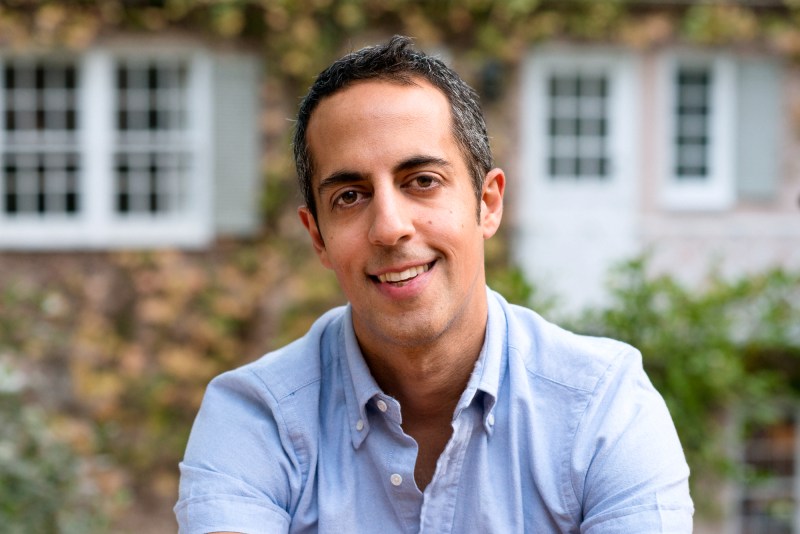Queens boasts an extreme diversity among its residents. But the scores of languages spoken can make some hesitant to seek services for fear they need to know English.
Mayor’s Office to Combat Domestic Violence (OCDV) Commissioner Yolanda Jimenez said that language, as well as immigration status, are not barriers to getting services in New York City.
“We heavily use Language Line,” said Jimenez, adding that it makes sure that “language is never an issue for clients.”
More than 150 languages are available through the Language Line, which began in 2003 as a partnership between the New York City Police Department and OCDV. The line uses dual handset telephones to communicate with interpreters.
The initial goal was “to better assist immigrant victims of domestic violence in select precincts in Queens to reduce the use of children and neighbors as interpreters.” However, since July of 2005, it has been used in all police precincts in New York City to assist with any crime. In addition, all of the city’s Family Justice Centers have Language Line available.
Erin Salvatore, the supervising social worker for Sanctuary for Families at the Family Justice Center in Kew Gardens, said that there are times when her organization has conducted sessions using an interpreter on speaker phone.
“It allows us to see even more families than we have staff with the language capability,” Salvatore said.
There are organizations, such as Sanctuary for Families, that have bi-lingual staff members to help with communication needs.
Safe Horizon, which works with many domestic violence victims, also provides information material in different languages.
More on domestic violence: part 2 of our series.
THE CRIPPLING DAMAGE TO CHILDREN
TRAINING PEER EDUCATORS TO PREVENT ABUSE
LANGUAGE LINE SPEAKS YOUR LINGO
VERIZON ‘HOPES’ TO USE OLD PHONES TO HELP
Stories and links from part 1 of our series on domestic violence can be found here:
THE SILENT SHAME- AN INTRODUCTION TO DOMESTIC VIOLENCE






























